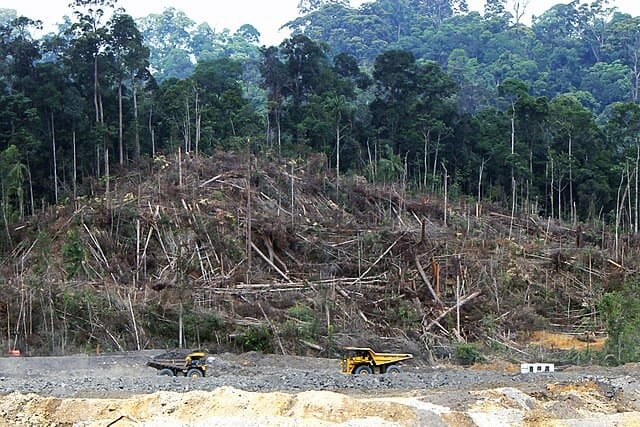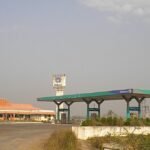In a recent study published in Nature Ecology & Evolution, researchers from The University of Manchester have highlighted a significant reduction in deforestation activities within the Brazilian Legal Amazon (BLA) thanks to effective land conservation policies. Between 2000 and 2010, these measures decreased deforestation by a remarkable 83%, showcasing the critical role such initiatives play in preserving one of the planet’s most vital ecological havens.
The Brazilian Amazon, renowned for its extensive biodiversity, has long been the focus of both national and international conservation efforts. The United Nations Biodiversity Goal, which aims to protect 30% of Earth’s surface by 2030, is underscored by findings such as these, which demonstrate the tangible benefits of protective legislation on critical ecosystems. Despite the notable progress in curbing deforestation, challenges persist, with projections indicating a loss of 5,000 square kilometers of rainforest by 2023—three times the size of Greater London.
ALSO READ – CPCB Fines Reliance Rs 1 Crore, Firm Appeals to NGT
Dr. Johan Oldekop from The University of Manchester’s Global Development Institute pointed out that while land conservation policies are effective, they also unearth socioeconomic challenges for indigenous populations residing in these territories. The study found that incomes in Indigenous Territories (ITs) are up to 36% lower than those in regions used for other purposes such as agriculture or mining.
The analysis, a collaborative effort by researchers in the UK, Brazil, Sweden, and the USA, investigated three different types of conservation areas: Indigenous Territories, Strictly Protected Areas (SPAs), and Sustainable Use Protected Areas (SUPAs). By comparing environmental and socioeconomic outcomes in these protected areas with those unprotected and used for agriculture and mining, the research provides a comprehensive overview of how conservation impacts both the environment and local communities.
Dr. Bowy den Braber, lead author of the study, emphasized the importance of weighing the benefits and drawbacks of land use options to foster both conservation and development goals effectively. “It’s crucial that our conservation efforts go hand in hand with strategies that uplift the local communities economically and socially,” Dr. den Braber explained.
According to the study, 33% of Brazil’s indigenous population lives below the poverty line, a statistic that highlights the need for comprehensive support systems for these communities. The researchers advocate for not just securing land rights but also removing barriers to accessing social protection programs and other forms of support to ensure that indigenous communities do not remain socio-economically disadvantaged.
The research also delves into the broader implications of climate change on deforestation patterns. A 2014 US study cited by the researchers indicates that each one-degree Celsius increase in global air temperature could result in a 12% increase in lightning strikes, which can ignite forest fires and contribute to deforestation. Further, a 2021 study in ‘Atmospheric Chemistry and Physics’ suggests a potential 10-25% global increase in lightning frequency and a 15-50% spike in intensity by the century’s end, underscoring the complex interactions between climate change and environmental conservation.
Pollution also plays a significant role in exacerbating deforestation rates, with aerosol pollution affecting lightning properties and urban areas experiencing increased lightning frequencies due to urban thermodynamics and surface properties. This highlights the multifaceted approach needed to combat deforestation, which includes addressing pollution and its indirect effects on forested areas.
Dr. Marina Schmoeller, a co-author of the study and recent PhD graduate from the Federal University of Rio de Janeiro, remarked on the timeliness of the research amidst ongoing debates in Brazil’s Supreme Court that could limit indigenous claims to land. “Protecting indigenous territories is not only about conserving biodiversity but also about recognizing and upholding the rights of indigenous peoples across Brazil,” said Dr. Schmoeller.
As the international community and Brazil continue to tackle both climate change and biodiversity loss, the findings from this study serve as a crucial reminder of the need for integrated approaches that consider environmental sustainability alongside human development and social equity. By continuing to enhance protective measures and supporting indigenous communities, significant strides can be made towards achieving global conservation goals and ensuring the sustainability of one of the world’s most vital ecological resources.
Follow Climate India for more Environmental News. Connect with us on Facebook, Twitter, Instagram, and YouTube




